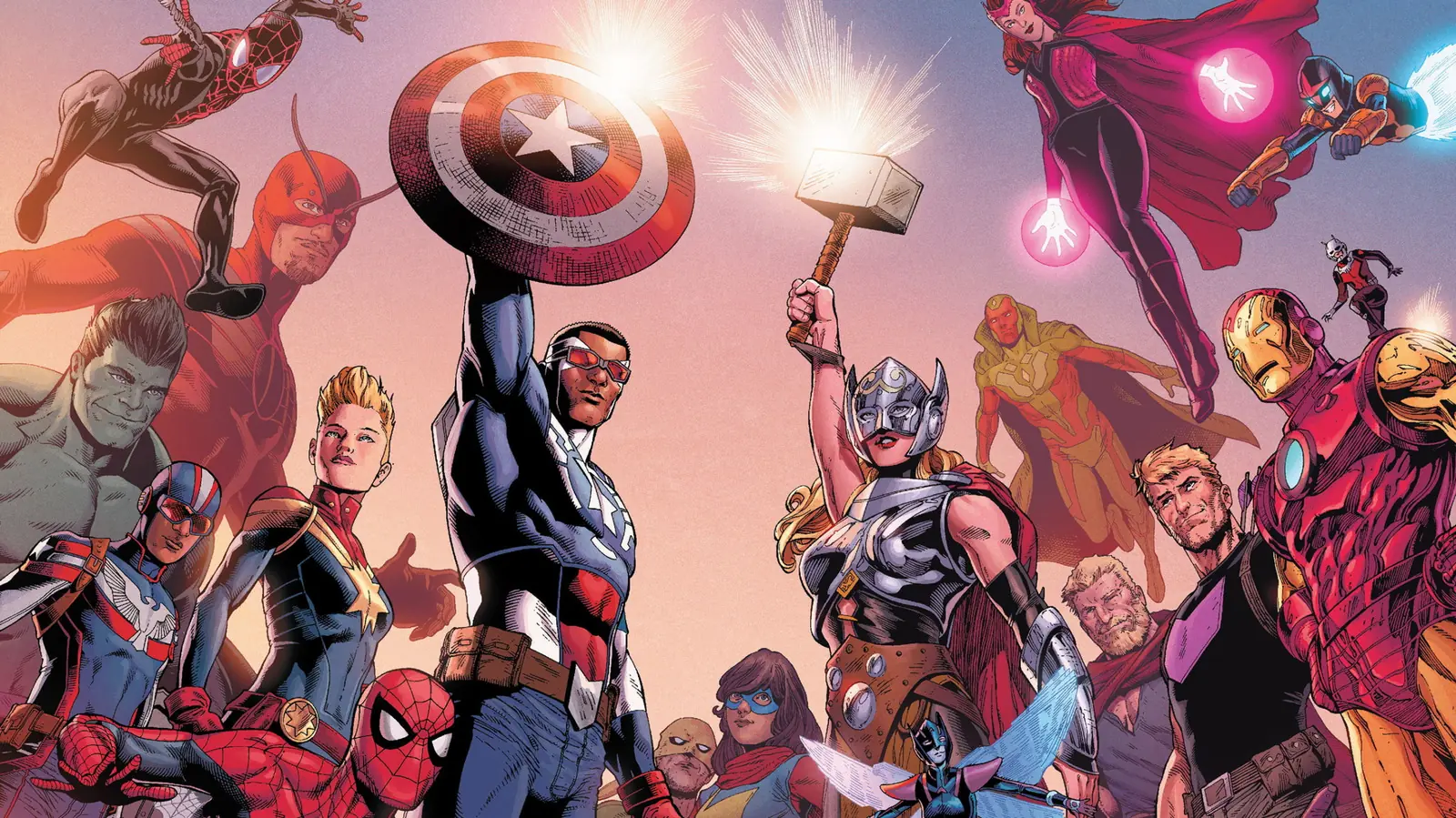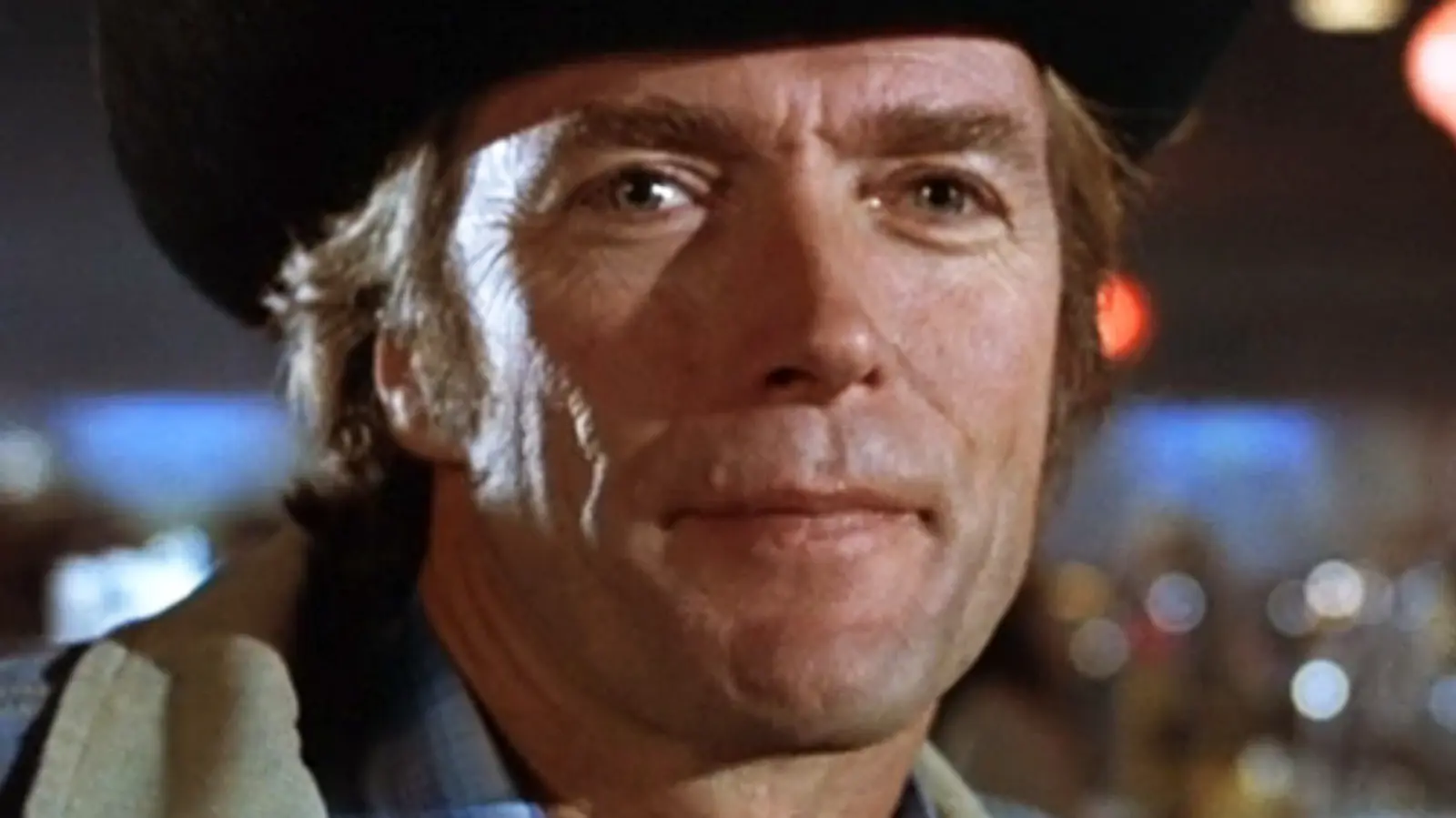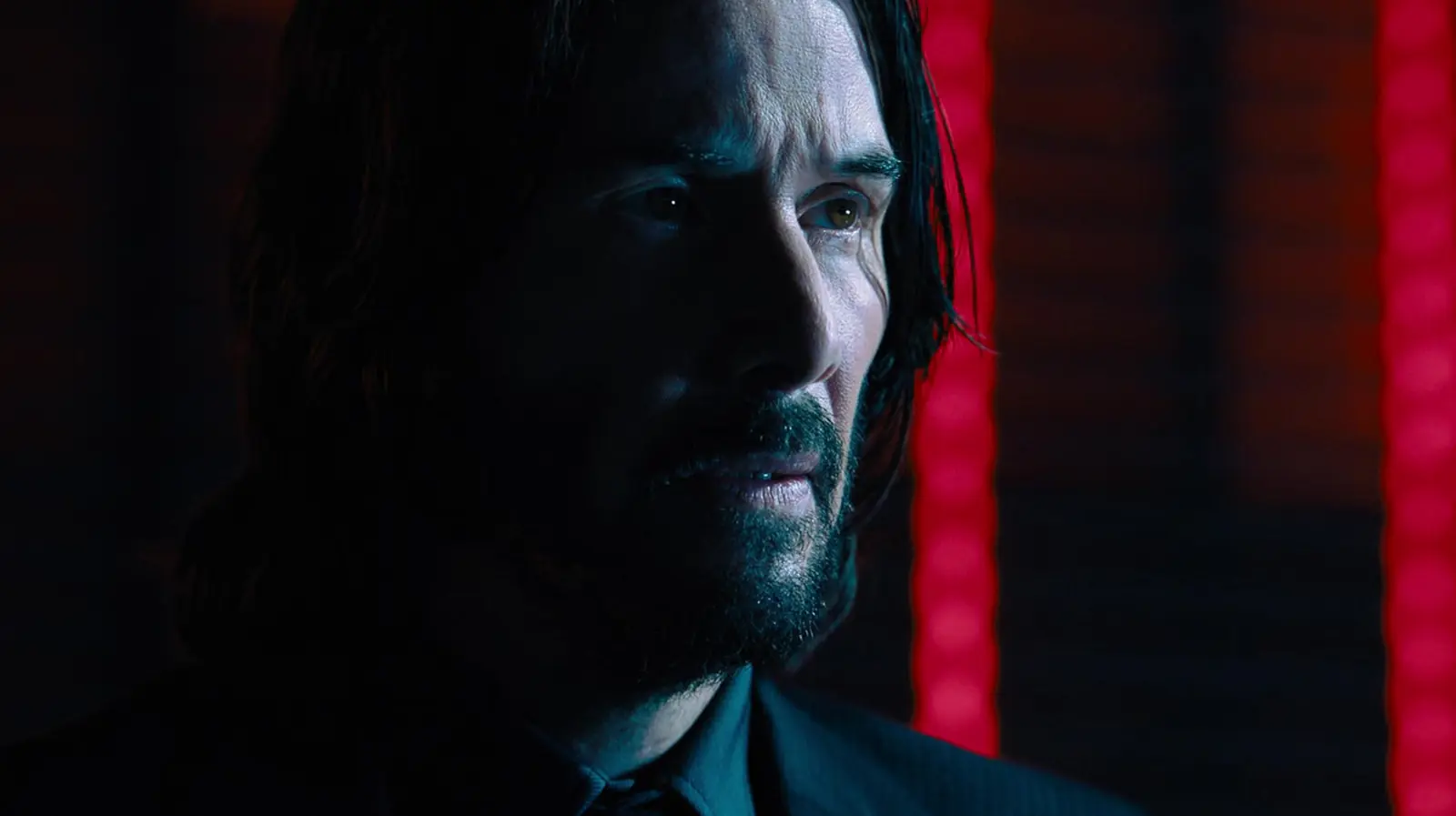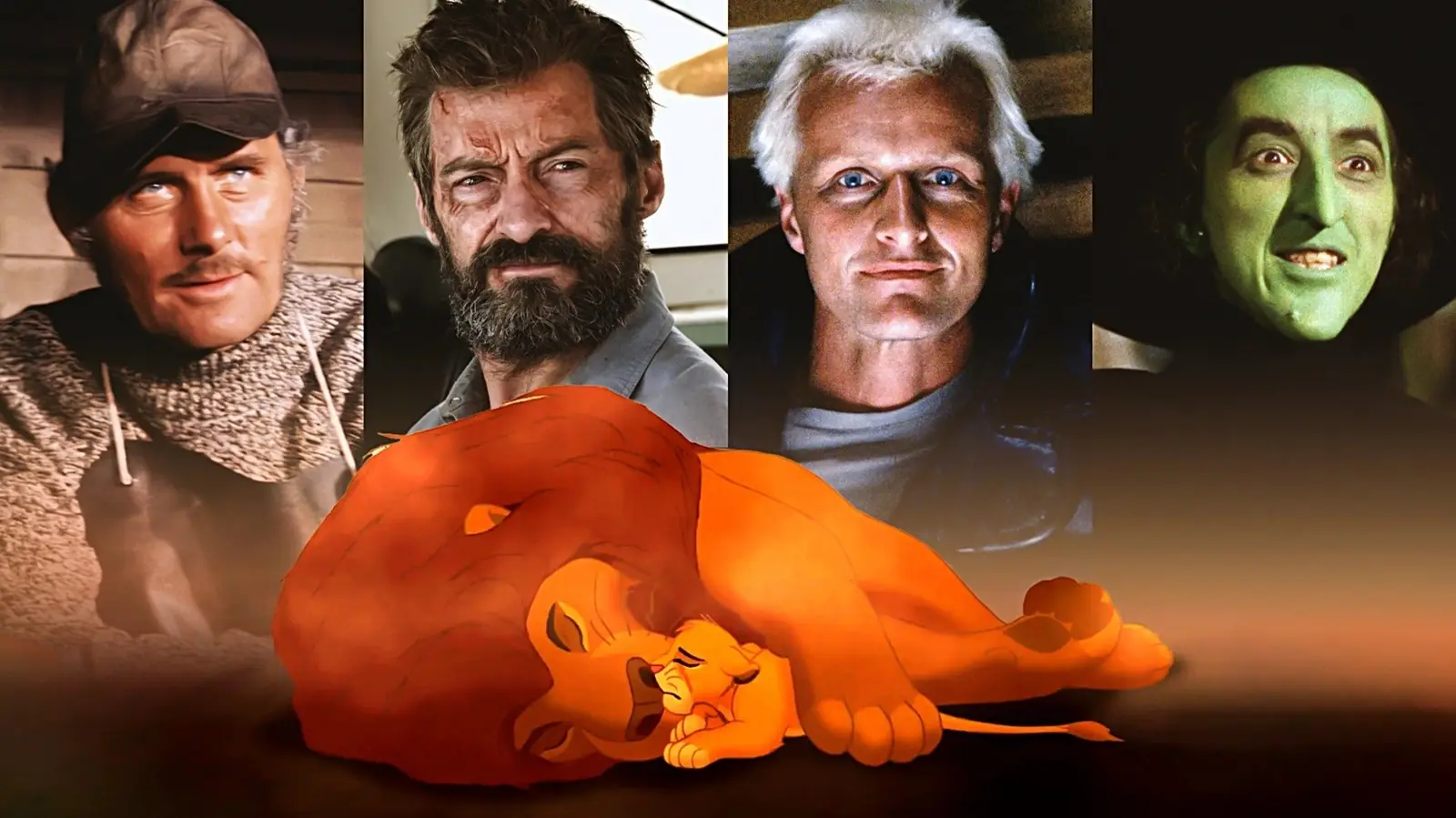The enchanting world of dragons and human-dragon camaraderie captured the hearts of audiences across the globe when “How To Train Your Dragon” first soared onto screens. Known for its breathtaking animation, compelling storyline, and relatable characters, fans quickly became captivated by the adventures in Berk. As anticipation builds around the live-action remake of this beloved franchise, it’s worth exploring another live-action gem that similarly enchants with its dragon-centric storytelling.
The journey from animation to live-action is always a topic of extensive discussion among fans and critics alike. Concerns about how the shift affects the narrative’s core and whether the magic translates effectively are common. However, delving beyond apprehensions can often lead to discovering truly remarkable adaptations that retain their essence while charming audiences anew through live-action mediums. One such film that deserves the spotlight is “Pete’s Dragon,” a Disney classic reimagined for a contemporary audience.
Released in 2016, “Pete’s Dragon” offers a heartwarming tale of friendship, adventure, and the whimsical beauty of dragons. In this remake, director David Lowery revitalizes a story that originally debuted as a musical in 1977. The new iteration, however, shifts away from the musical format to embrace a more grounded, yet equally enchanting narrative.
Elliot, the titular dragon in “Pete’s Dragon,” captivates with his kind-hearted nature and magical abilities—elements that resonate with admirers of Toothless, the iconic dragon from “How To Train Your Dragon.” Elliot’s seamless blend of challenge and charm, portrayed through effective CGI, mirrors what made Toothless so appealing. These dragons, in their silent but expressive ways, navigate complex relationships with humans while fostering a sense of wonder and awe.
The story follows young Pete, an orphaned boy who finds solace and family in his unlikely bond with Elliot, a dragon residing in the woods. Their shared experiences of love, loss, and loyalty unfold as they encounter characters who attempt to bridge, or disrupt, the harmony of their world. This narrative framework, while familiar, is enriched through its exploration of broader themes such as the environment and the importance of protecting it.
Where “How To Train Your Dragon” delves into the journey of a young Viking, Hiccup, learning to embrace and celebrate the dragons rather than fear them, “Pete’s Dragon” similarly advocates for the understanding and preservation of magical creatures. Both films, though fundamentally different in setting and era, radiate a shared narrative heartbeat that champions acceptance, empathy, and connection.
The visuals crafted for “Pete’s Dragon” play a significant role in delivering a realistic yet fantastical experience. Filmed against the stunning backdrops of New Zealand, the scenery itself becomes a character within the story, immersing viewers into a sensory and emotional journey. The decision to incorporate natural beauty into the film’s cinematography complements the environmental message it conveys, creating an immersive world where dragons can realistically exist alongside humans.
Additionally, the astounding attention to detail in Elliot’s design enriches the viewing experience. The seamless integration of CGI and live-action brings a tactile authenticity to Elliot’s interactions with his human friends. His scales glistening in the sunlight and his eyes brimming with emotion all contribute to a creation that feels alive and believable, engendering an emotional investment from the audience akin to that experienced with Toothless.
The casting of “Pete’s Dragon” is another strong aspect, with the performances grounding the fantastical elements in authenticity. The talented cast, including young Oakes Fegley as Pete, Bryce Dallas Howard, and Robert Redford, provide depth and emotional resonance to a narrative that might otherwise feel whimsical. Their performances anchor the story, making it accessible and compelling to both children and adults.
The overarching theme in the remake of “Pete’s Dragon” is one of coexistence and respect for natural wonders. As modern audiences face increasing environmental challenges, the film’s message gains a profound relevance. It serves as a gentle reminder of the world’s magical possibilities when nature is cherished and protected—a theme that dovetails with the lessons imparted by “How To Train Your Dragon.”
For fans eager for the live-action transformation of “How To Train Your Dragon,” exploring “Pete’s Dragon” can provide an insightful preview of how the medium can give life to beloved animated stories. Both films offer unique perspectives on the bond between humans and dragons, with narratives that encourage kindness and understanding between different worlds.
As live-action adaptations continue to gain momentum in the entertainment landscape, they underscore the ability to reimagine stories in a fresh light. They allow new audiences to engage with timeless tales while inviting longtime fans to experience familiar narratives from another vantage point. “Pete’s Dragon” achieves this through its heartwarming depiction of friendship and the nostalgia of childhood wonder.
Ultimately, while audiences await the release of the live-action “How To Train Your Dragon,” indulging in the tale of “Pete’s Dragon” offers a satisfying flight into an equally enchanting realm of mythical creatures and the humans who learn to love them. Whether you are drawn by the nostalgia of the original or intrigued by the possibilities of live-action cinema, this is a journey worth experiencing—a narrative revealed through the eyes of a dragon and the heart of a child. Through such stories, we find the courage to dream, the wisdom to protect, and the magic to believe.






